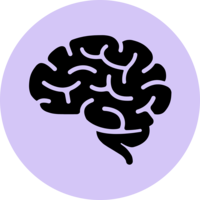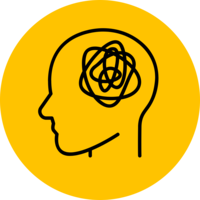Rancho Bernardo Study (RBS)
The RBS study is a long-running longitudinal cohort study based in Rancho Bernardo, a suburb of San Diego, California, the United States of America. Over 6,700 participants were initially recruited between 1972 and 1974 to investigate cardiovascular risk factors. The study was later expanded to examine broader aspects of aging. Participants were recruited through door-to-door outreach and community engagement as part of the Lipid Research Clinic (LRC) Prevalence Program, with free health screenings conducted in a mobile clinic set up in a supermarket parking lot. To date, the study has conducted 12 clinic visits, with participants followed up through clinic visits approximately every 4 years, mailed surveys every 2 years, and annual checks on vital status.
Study design
Cohort
Number of participants at first data collection
6,726 (participants)
Age at first data collection
30 - 79 years (participants)
Participant year of birth
Varied (participants)
Participant sex
All
Representative sample at baseline?
No
Sample features
Country
Year of first data collection
1972
Primary Institutions
University of California, San Diego (UC San Diego)
Links
knit.ucsd.edu/ranchobernardostudy
knit.ucsd.edu/ranchobernardostudy/wp-content/uploads/sites/23/2020/02/McEvoy_GSA-2019-Final.pdf
Profile paper DOI
Funders
Agency for Healthcare Research and Quality (AHRQ)
National Institute of Diabetes and Digestive and Kidney Diseases (NIDDK)
National Institute on Aging (NIA)
National Institute on Alcohol Abuse and Alcoholism (NIAAA)
Ongoing?
Yes
Data types collected



- Computer, paper or task testing (e.g. cognitive testing, theory of mind doll task, attention computer tasks)
- Physical or biological assessment (e.g. blood, saliva, gait, grip strength, anthropometry)
- Secondary data
- Self-completed questionnaire – paper or computer assisted
- None
- Magnetic Resonance Imaging (MRI)
- Mortality data
Engagement
Keywords



